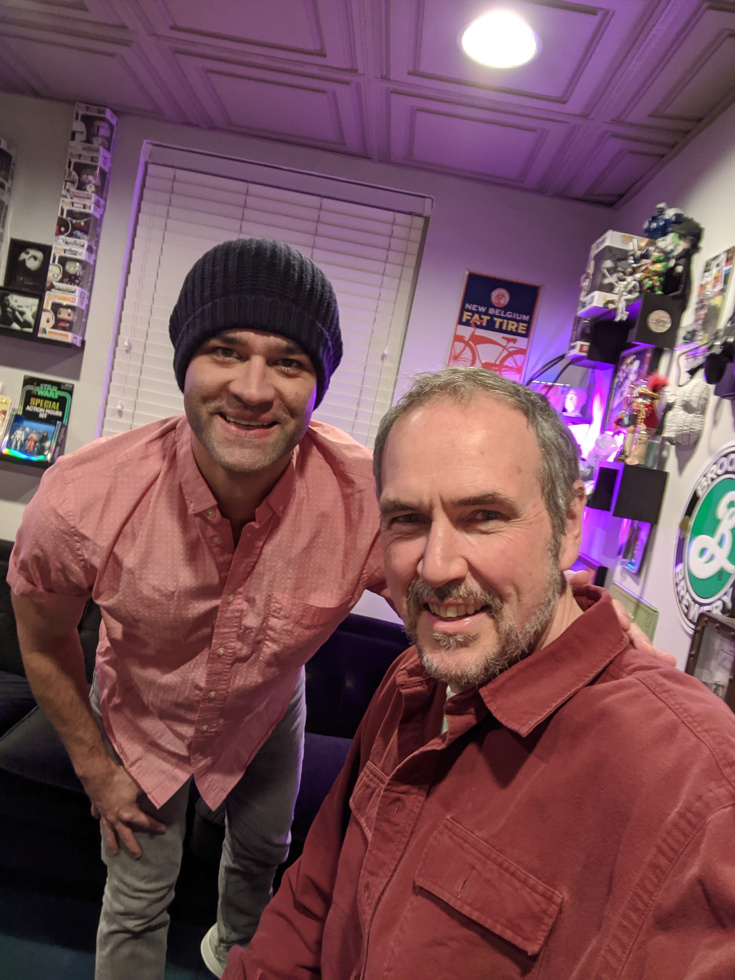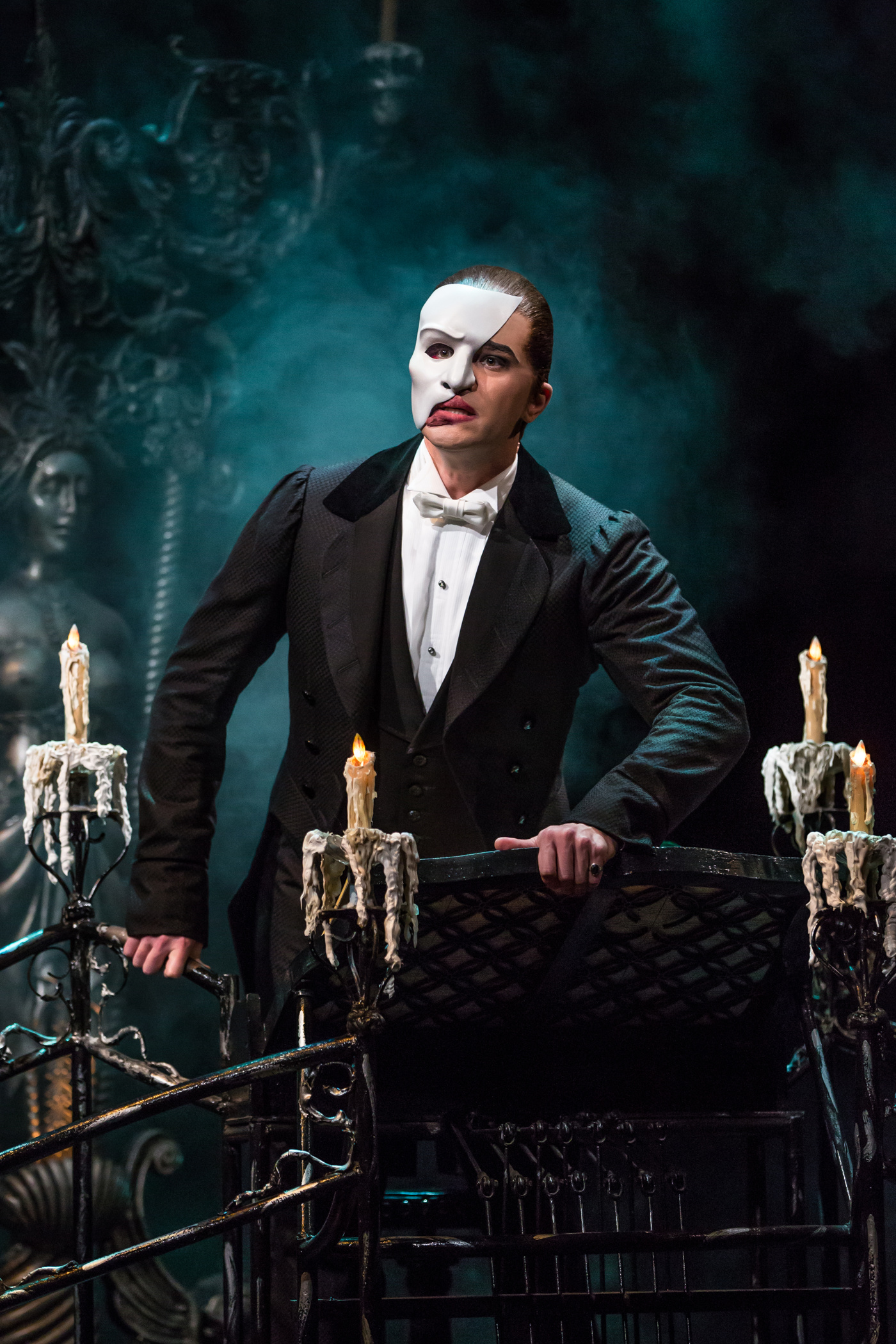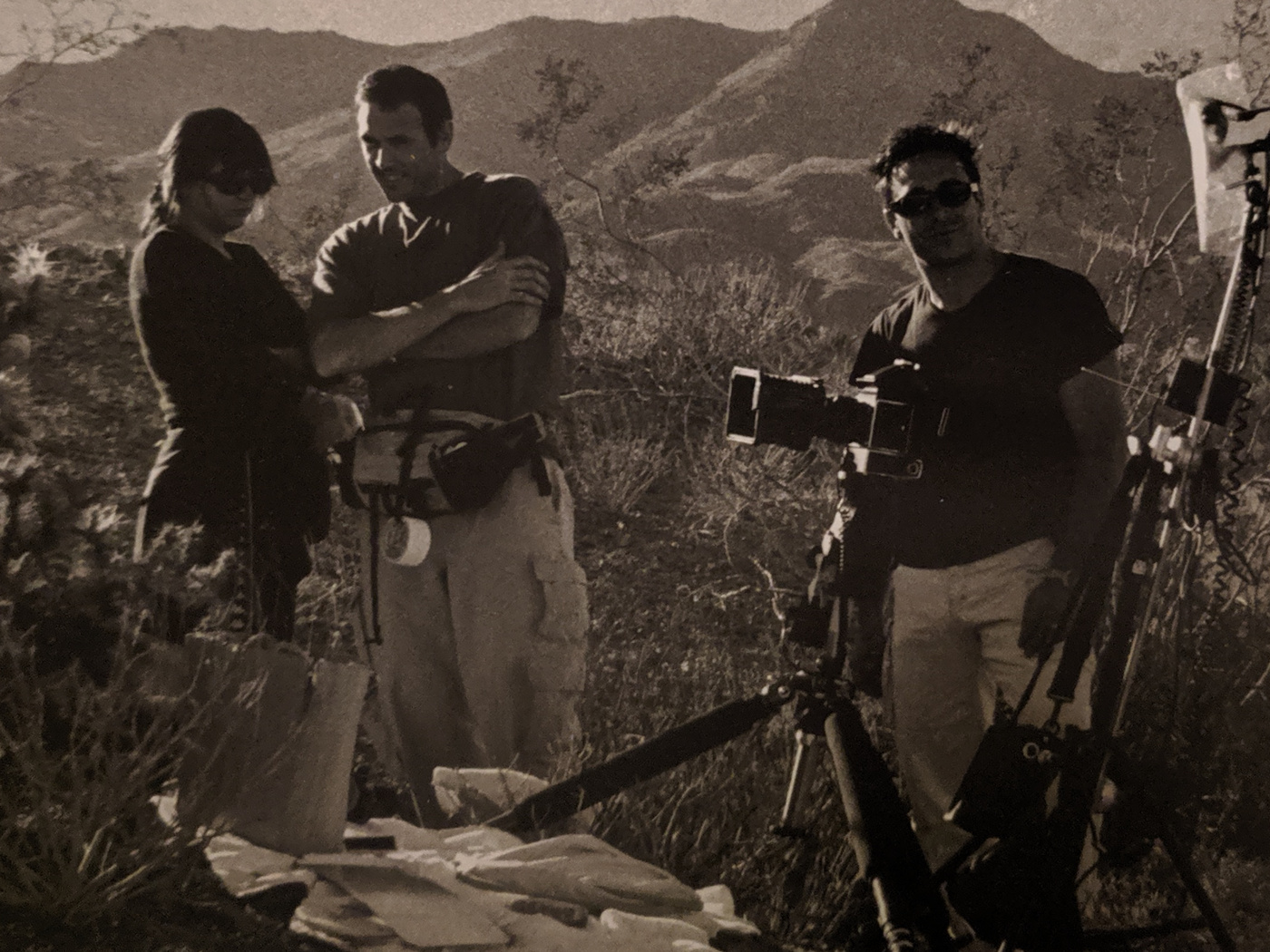The Man Behind the Mask: Meet Andrew Nelson, The Phantom of the Opera’s Dresser


(Photo courtesy of Andrew Nelson)

in The Phantom of the Opera (Photo by Matthew Murphy)
Broadway’s longest-running show The Phantom of the Opera centers on a mysterious masked man who haunts the Paris Opera House and has his sights set on capturing the heart of Christine Daaé. Ben Crawford is currently wowing audiences at the Majestic Theatre with his formidable stage presence. What theater fans may not know is that there is another man behind the mask: Andrew Nelson, who has served as the Phantom’s dresser for the last 12 years.

(Photo courtesy of Andrew Nelson)
Nelson entered the theater world in his late twenties. “I was starting out as an actor," he says. "I met a man named Herbert Berghof, the founder of HB Studio. Herbert and Uta Hagen taught me what theater was about.” Though he still acts to this day, Nelson began his professional creative journey with photography. “I worked with Victoria’s Secret, traveling with their photo department, shooting shoes and handbags on beaches all over the world,” Nelson says. He then went on to manage a photo studio where he got involved with wardrobe. “You know, steaming for shoots or taking care of ironing shirts for them.”
A dancer friend introduced him to the wardrobe supervisor at Phantom. “I was a swing for a couple of months, then became the Carlotta dresser for a year,” he says. “When I found out that I was going to be dressing the Phantom, I was dressing Carlotta. I think the way you move up is by treating all of the actors as if they are the star.”

(Photo courtesy of Andrew Nelson)
There are 16 dressers at The Phantom of the Opera; each one is assigned to a specific track. When he first found out he would be suiting up the iconic titular character, Nelson was intimidated. “It was frightening. I carried my notes for two months,” Nelson says. “You're in charge of making sure that the Phantom gets to and from the stage. They have to rely on you to come in and tell them it's time to go. Sometimes they're in the middle of reading the newspaper, and you have to get them to go. If you're not on top of keeping track of those things, there won't be a Phantom on stage.”
In true “the show must go on” fashion, the day things came together for Nelson was also the day he went without his trusty notes. “I forgot to put them in my pocket, and I did the show without even thinking of it,” he recalls. “It was exciting because I was like, ‘OK, pressure’s off. Let's just have fun now.’”
"I think the way you move up is by treating all of the actors as if they are the star."
In addition to keeping the performer playing the Phantom ready to take the stage, Nelson is also in charge of maintaining the Phantom’s masks at the theater. “The masks are made for each of the Phantoms individually. They have a glove leather lining, and then they're painted on the outside,” Nelson explains. “What a lot of people don't know is that the outside of the mask is painted in four different colors to give it dimension on stage. But from the stage, it looks like it's a plain white mask.” Nelson paints the masks not in a studio, but right in the stage door alley of the Majestic Theatre, often as he greets performers heading into the theater.
“This job has taught me patience and respect. It's taught me to sit back and say, ‘We can get through anything.’ You're working with people—getting them in and out of their clothing all day long,” he says. “We have different people from all different walks of life coming in and playing the Phantom, making it their own. Every one of the people who has been the Phantom all have that common thread of their love of work and love of theater. It's the most iconic character on Broadway, in theater history, probably. Being a part of that and keeping it up is an amazing thing. When he's fully dressed, I feel like I've had some part in the production in keeping it beautiful.”


